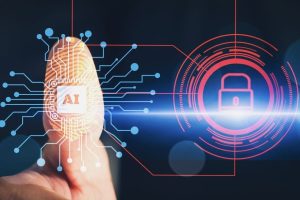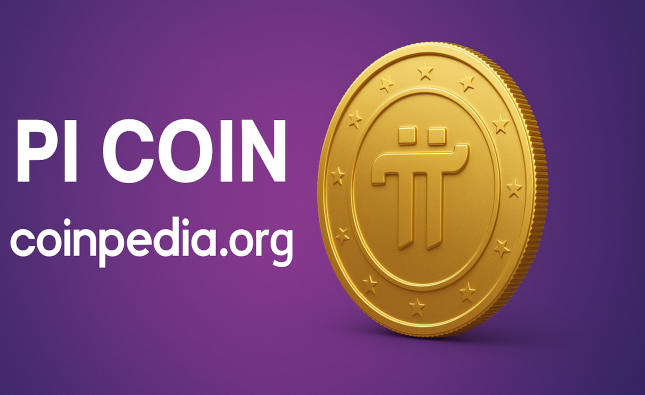
In an era where technology permeates nearly every aspect of our daily lives, its influence on human rights has become a subject of paramount importance. From the way we communicate to how we access information and services, technology has the potential to both enhance and infringe upon fundamental human rights. This article explores the multifaceted impact of technology on human rights, focusing on the keywords: privacy, freedom of expression, digital divide, surveillance, and data protection.
Privacy

Privacy is a cornerstone of human dignity and autonomy. In the digital age, however, the concept of privacy has been fundamentally altered. The proliferation of smartphones, social media platforms, and Internet of Things (IoT) devices has resulted in an unprecedented amount of personal data being collected, stored, and analyzed. While this data can be used to improve services and create more personalized experiences, it also poses significant risks to individual privacy.
Data breaches and unauthorized access to personal information are becoming increasingly common, potentially leading to identity theft, financial loss, and other forms of harm. Moreover, companies often use this data for targeted advertising, which can feel intrusive and manipulative. Governments, too, have been known to exploit personal data for surveillance purposes, raising concerns about the erosion of civil liberties.
Freedom of Expression
Technology has revolutionized the way we communicate, offering platforms for free speech and the exchange of ideas. Social media, blogs, and other digital platforms have democratized information dissemination, enabling individuals to share their views with a global audience. This has been particularly beneficial for marginalized communities and activists who may lack access to traditional media outlets.
However, the same technology that facilitates free expression can also be used to suppress it. Online harassment, cyberbullying, and the spread of misinformation can create a hostile environment that stifles open dialogue. Additionally, some governments employ sophisticated technologies to censor content, monitor online activities, and even shut down internet services to quell dissent. These actions not only violate the right to freedom of expression but also undermine democratic principles.
Digital Divide
While technology has the potential to bridge gaps and foster inclusivity, it has also highlighted and, in some cases, exacerbated existing inequalities. The digital divide refers to the gap between those who have access to modern information and communication technology and those who do not. This divide can be seen across various dimensions, including geography, socioeconomic status, age, and education level.
Individuals and communities without reliable internet access or digital literacy are at a significant disadvantage in today’s digital economy. They may struggle to access essential services, educational resources, and employment opportunities, thereby perpetuating cycles of poverty and exclusion. Bridging the digital divide is crucial for ensuring that all individuals can exercise their human rights fully and equally.
Surveillance
Surveillance is another critical issue at the intersection of technology and human rights. Advances in surveillance technology, such as facial recognition, biometric data collection, and artificial intelligence, have given governments and corporations unprecedented capabilities to monitor individuals. While these technologies can enhance security and aid in crime prevention, they also pose significant risks to privacy and civil liberties.
Mass surveillance programs can lead to a chilling effect, where individuals alter their behavior due to the fear of being watched. This can stifle free expression, freedom of assembly, and other fundamental rights. Moreover, surveillance technologies are often deployed disproportionately against marginalized groups, exacerbating existing social and racial inequalities.
Data Protection

Data protection is essential for safeguarding privacy and ensuring that individuals maintain control over their personal information. In recent years, there has been a growing recognition of the need for robust data protection frameworks. The European Union’s General Data Protection Regulation (GDPR) is a landmark example, setting stringent requirements for data collection, processing, and storage.
Effective data protection measures can help prevent unauthorized access, data breaches, and other forms of misuse. They also empower individuals by giving them greater control over their data, including the right to access, rectify, and delete their information. However, implementing and enforcing these regulations remains a challenge, particularly in jurisdictions with weaker legal frameworks and limited resources.
Conclusion
The impact of technology on human rights is complex and multifaceted. While technology offers numerous benefits, including enhanced communication, access to information, and improved services, it also poses significant risks to privacy, freedom of expression, and equality. Addressing these challenges requires a balanced approach that maximizes the benefits of technology while mitigating its potential harms.
Policymakers, technologists, and civil society must work together to develop and implement frameworks that protect human rights in the digital age. This includes enacting robust data protection laws, promoting digital literacy, and ensuring that surveillance technologies are used responsibly and transparently. By taking these steps, we can harness the power of technology to advance human rights and create a more equitable and just society.










